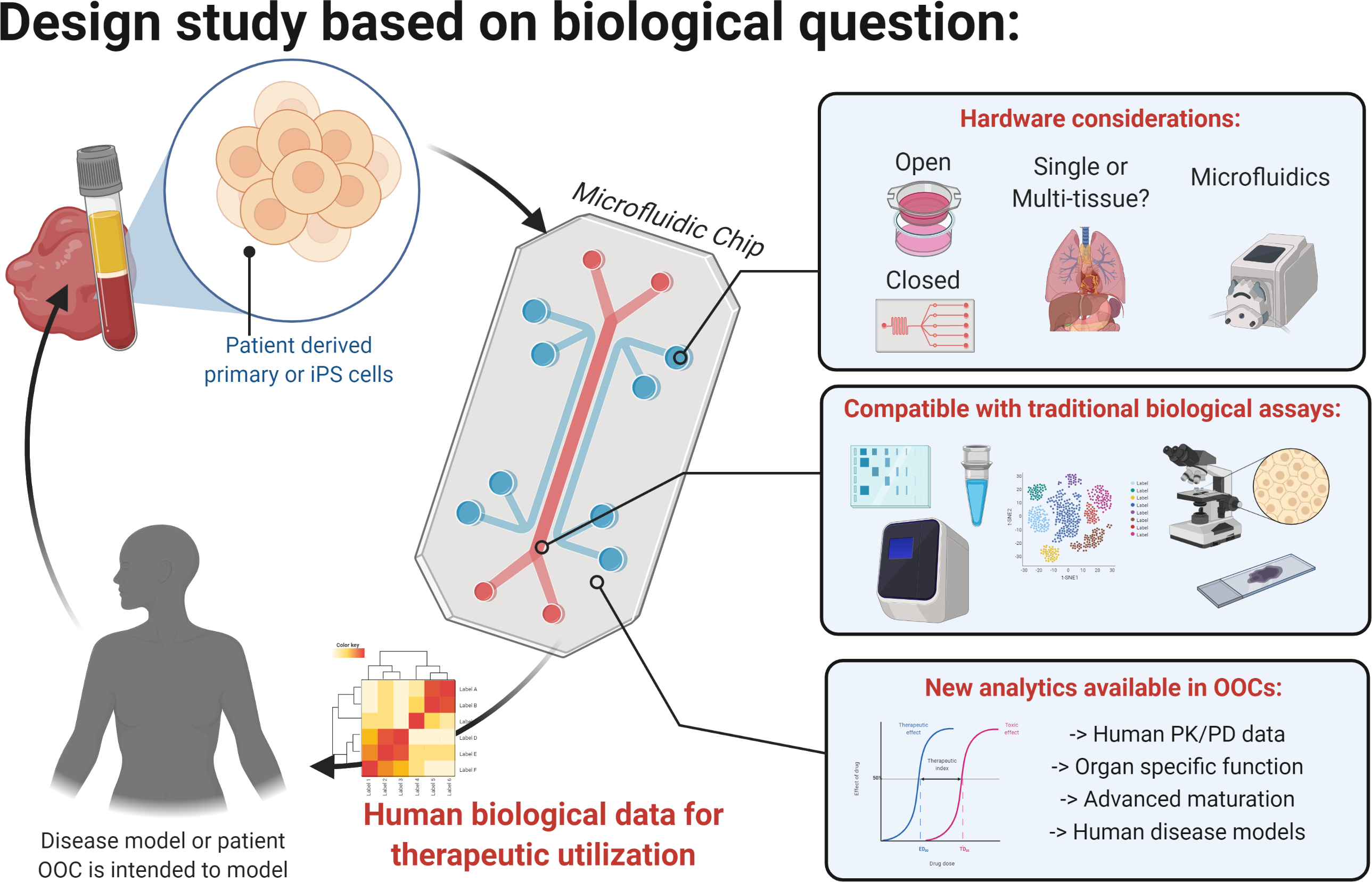Figure 3. Biological question drives design considerations.

The configuration of OOC can be selected depending on the biological question studied, among the open or closed, single or multi-organ OOCs, with gravity or pump driven flow. OOCs are compatible with traditional assays such as immunofluorescence, - omics, or the use of ion or membrane and calcium dyes. They enable cell maturation, not routinely possible in 2D culture, and the tissue specific readouts such as contraction force, barrier function, and impulse propagation.
